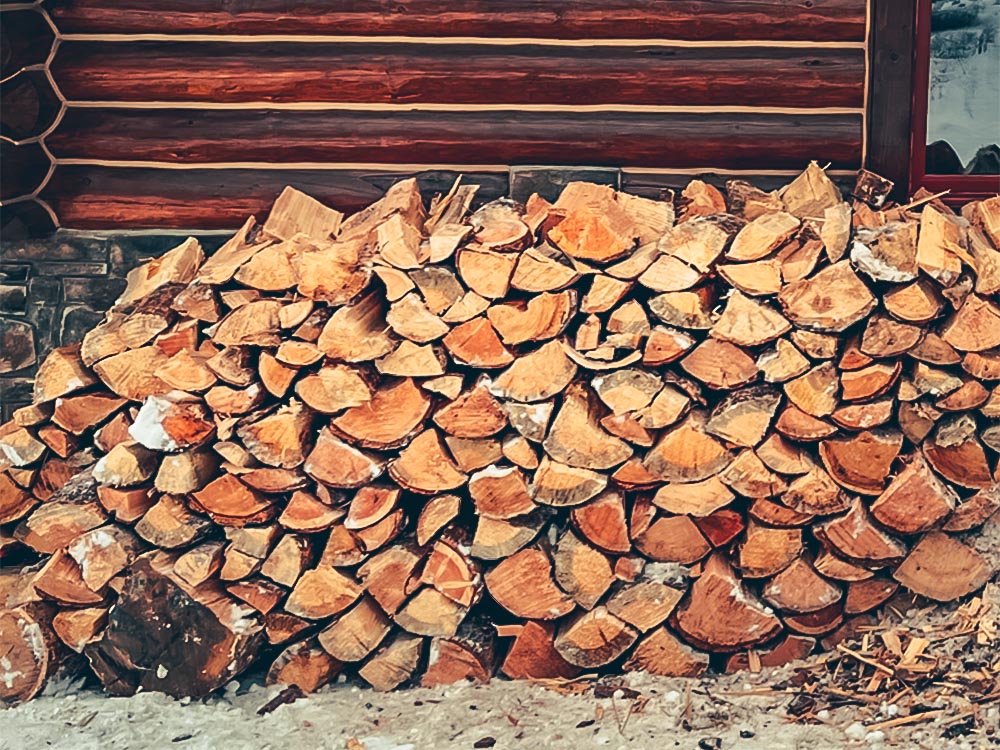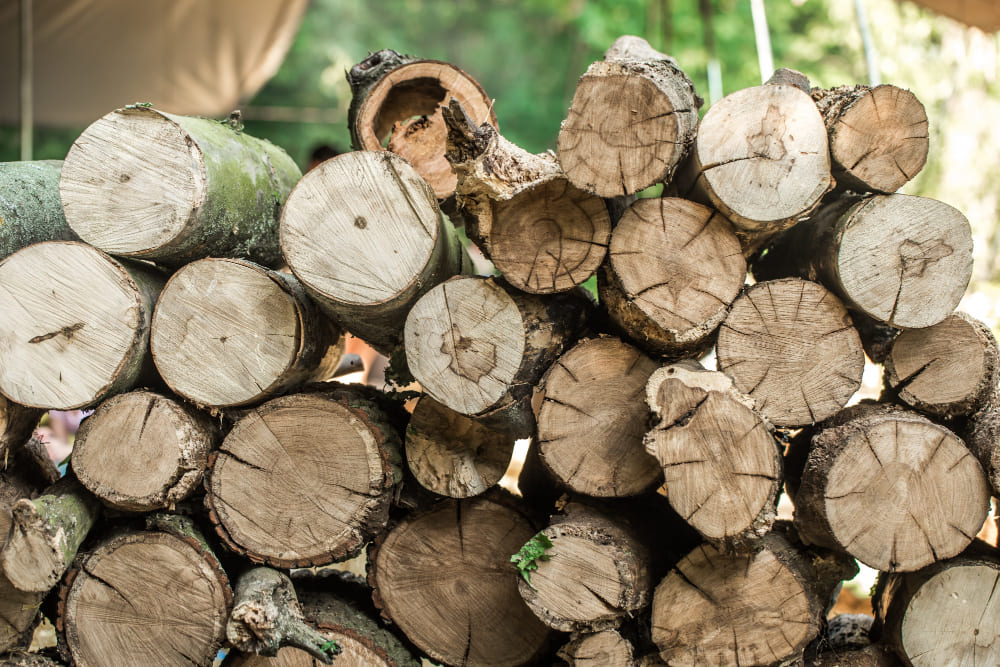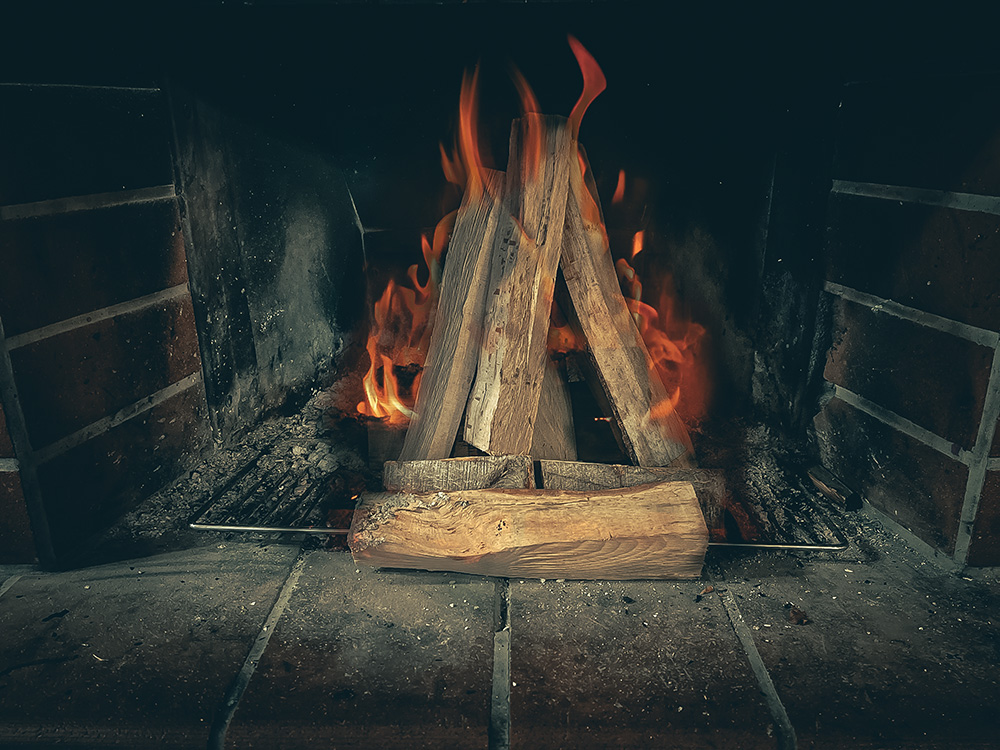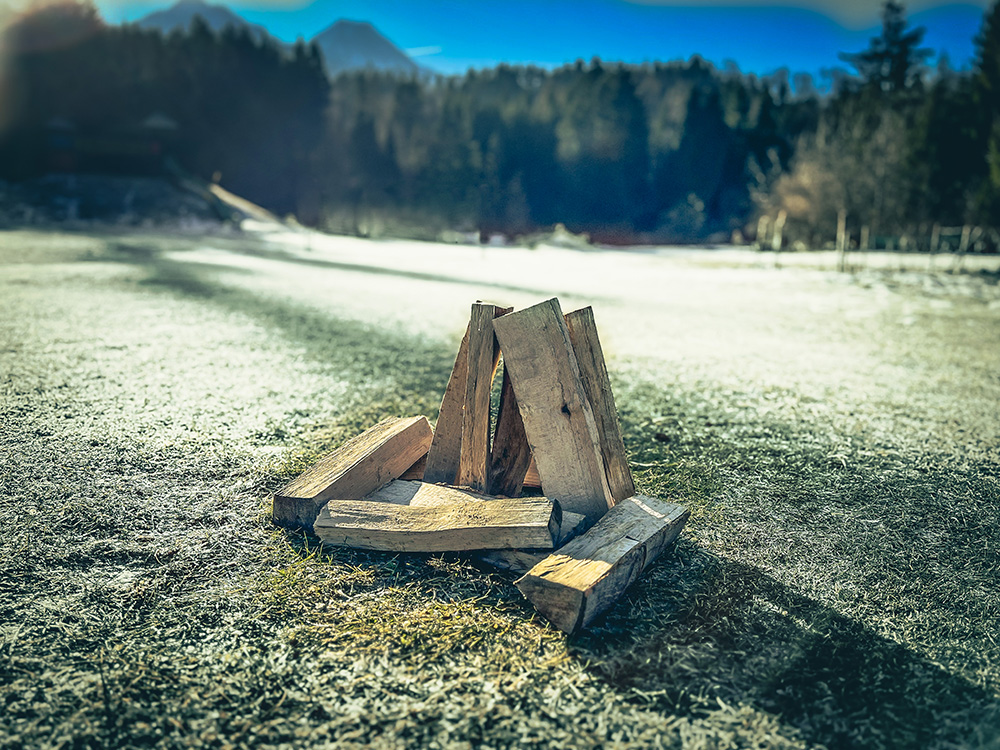As the chill of fall and winter approaches, many homeowners turn to their fireplaces or wood stoves for warmth and ambiance.
Choosing the right firewood is critical for efficient burning, cost savings, and environmental considerations. Additionally, managing and decluttering your property can make sourcing, storing, and using firewood a seamless process.
This blog will guide you through selecting the best firewood by cord and offer practical tips to declutter your property for a tidy, efficient, and fire-ready space.
Understanding Firewood and the Cord Measurement
Before diving into how to choose the best firewood, let’s clarify what a “cord” of firewood is. A cord is a standard unit of measurement for firewood in the United States and Canada, defined as a stack of wood measuring 4 feet high, 4 feet deep, and 8 feet long, totaling 128 cubic feet.
However, not all cords are created equal, and understanding the nuances can help you make informed choices.
Types of Cords
- Full Cord: A full cord is the standard measurement (128 cubic feet). It’s typically stacked tightly to maximize the volume of usable wood.
- Face Cord: A face cord is a smaller stack, typically 4 feet high and 8 feet long, but with a depth of only 16-24 inches (the length of the logs). This is not a full cord, so be cautious when purchasing.
- Half Cord or Quarter Cord: These are fractions of a full cord, often sold for smaller needs or storage spaces.
- Loose Cord: Some sellers deliver wood loosely thrown into a truck, which may settle into less than a full cord when stacked. Always ask for clarification on how the wood is measured.
Why Choosing the Right Firewood Matters
The type and quality of firewood you choose directly impact:
- Heat Output: Hardwoods like oak and maple burn hotter and longer than softwoods like pine.
- Efficiency: Well-seasoned wood burns cleaner, producing less smoke and creosote buildup in your chimney.
- Cost: Buying by the cord can be economical, but only if you’re getting high-quality, properly seasoned wood.
- Environmental Impact: Properly sourced and seasoned wood reduces emissions and supports sustainable forestry.
Step 1: Choosing the Best Firewood by Cord
To select the best firewood, consider the following factors:
1. Hardwood vs. Softwood
- Hardwoods (e.g., oak, maple, hickory, ash):
- Burn hotter and longer due to their dense structure.
- Produce less smoke and creosote, making them ideal for indoor fireplaces and wood stoves.
- Examples: Oak is a top choice for consistent heat, while hickory adds a pleasant aroma.
- Softwoods (e.g., pine, cedar, spruce):
- Ignite quickly, making them great for kindling or starting fires.
- Burn faster and produce more smoke, which can lead to creosote buildup.
- Best for outdoor fire pits or as supplemental wood.
Tip: For indoor heating, prioritize hardwoods. Use softwoods sparingly for kindling or outdoor fires.
2. Seasoning (Moisture Content)
Seasoned firewood has been dried to reduce its moisture content to below 20%. Wet or “green” wood (freshly cut) has high moisture content, leading to smoky, inefficient fires and creosote buildup.
- How to Identify Seasoned Wood:
- Color: Seasoned wood is grayish or faded, not green or vibrant.
- Texture: Look for cracks or splits at the ends of logs, indicating dryness.
- Weight: Dry wood feels lighter than wet wood.
- Sound: When struck together, seasoned logs produce a hollow “clunk” rather than a dull thud.
- Seasoning Time: Hardwoods typically take 6-12 months to season, while softwoods may need 3-6 months.
Tip: Ask suppliers how long the wood has been seasoned. If buying green wood, plan to store it for at least 6 months before use.
3. Sourcing Firewood
- Local Suppliers: Purchase from reputable local suppliers who provide full cords of seasoned wood. Check reviews or ask for references.
- Sustainable Sourcing: Look for suppliers certified by organizations like the Forest Stewardship Council (FSC), ensuring environmentally responsible harvesting.
- Self-Harvesting: If you have access to fallen trees on your property, you can cut and season your own firewood. Ensure you have the proper permits and equipment.
Tip: Avoid wood from unknown sources, as it may be unseasoned, pest-infested, or illegally harvested.
4. Quantity and Cost
- Measure the Cord: Always verify that you’re getting a full cord by measuring the stack (4’ x 4’ x 8’). A loosely stacked cord may contain less wood.
- Price Range: The cost of a cord varies by region, wood type, and seasoning. In 2025, expect to pay $150-$400 per cord for hardwoods, with softwoods being cheaper.
- Bulk Buying: Purchasing a full cord or more can save money compared to smaller quantities like face cords.
Tip: Compare prices from multiple suppliers and factor in delivery costs. Some suppliers offer free delivery within a certain radius.
5. Storage Considerations
Proper storage ensures your firewood stays dry and ready to burn. When choosing firewood, consider how much you can store:
- Space Requirements: A full cord requires a 4’ x 4’ x 8’ space, ideally elevated on pallets to prevent moisture absorption.
- Location: Store firewood at least 20 feet from your home to reduce pest risks, but close enough for easy access.
- Covering: Use a tarp or firewood shed to cover the top of the stack, leaving sides exposed for air circulation.
Tip: Plan your storage area before ordering to ensure you can accommodate the volume of a full cord.
Step 2: Decluttering Your Property for Firewood Management
A cluttered property can make firewood storage and usage inefficient, unsafe, or visually unappealing. Decluttering creates space for proper storage, improves safety, and enhances your property’s aesthetics. Here’s how to declutter effectively:
1. Assess Your Property
- Identify Storage Areas: Look for flat, dry areas away from your home for firewood stacks. Clear out debris, old equipment, or overgrown vegetation.
- Check for Hazards: Remove flammable materials (e.g., dry leaves, old lumber) near potential storage sites to reduce fire risks.
- Evaluate Access: Ensure the storage area is accessible for deliveries and for carrying wood to your home.
Tip: Use a notebook or app to map out your property and mark potential storage zones.
2. Clear Out Unnecessary Items
- Remove Junk: Dispose of broken furniture, unused garden tools, or other clutter taking up space. Consider renting a dumpster for large items or donating usable goods.
- Organize Tools: Store gardening or yard tools in a shed or garage to free up outdoor space.
- Trim Vegetation: Cut back overgrown bushes or trees near the storage area to improve airflow and reduce pest habitats.
Tip: Host a yard sale or use online marketplaces to sell or give away items you no longer need.
3. Create a Firewood Storage System
- Build or Buy a Rack: Invest in a firewood rack or build one using cinder blocks and lumber to keep wood off the ground.
- Designate a Kindling Area: Set up a separate, smaller storage spot for kindling to keep it dry and accessible.
- Add Pathways: Create a clear path from the storage area to your home using gravel or stepping stones for easy wood transport, especially in winter.
Tip: If space is limited, consider vertical storage solutions, like stacking wood against a fence or wall with proper covering.
4. Maintain Safety and Aesthetics
- Pest Control: Inspect your property for signs of rodents or insects that could hide in firewood stacks. Use natural repellents or consult a pest control professional.
- Visual Appeal: Arrange firewood neatly to enhance your property’s look. Consider decorative covers or screens for a polished appearance.
- Regular Maintenance: Periodically check your storage area for water pooling, mold, or pest activity, and address issues promptly.
Tip: Incorporate firewood storage into your landscaping by building a stylish firewood shed that complements your home’s exterior.
5. Repurpose Cleared Space
Once you’ve decluttered, use the freed-up space wisely:
- Expand Storage: Create additional storage for other outdoor items, like patio furniture or grills.
- Create a Fire Pit Area: Use the cleared space to build a safe, designated area for outdoor fires.
- Improve Landscaping: Plant low-maintenance shrubs or flowers to enhance the area’s beauty.
Tip: Take before-and-after photos to track your progress and stay motivated.
Additional Tips for Firewood and Property Management
- Plan for Winter Needs: Estimate how much firewood you’ll need for the season (e.g., 1-2 cords for occasional use, 3-5 cords for primary heating). Order early to avoid price spikes or shortages.
- Check Local Regulations: Some areas have restrictions on transporting or burning certain types of wood to prevent pest spread (e.g., emerald ash borer). Verify with your local forestry department.
- Maintain Your Chimney: Schedule annual chimney cleanings to remove creosote and ensure safe burning.
- Involve the Family: Turn decluttering into a family project to make it fun and efficient. Assign tasks like stacking wood or clearing debris.
- Stay Sustainable: Use fallen branches or trees from your property for kindling, and recycle or compost yard waste during decluttering.
Conclusion
Choosing the best firewood by cord and decluttering your property go hand in hand to create a warm, efficient, and organized home environment. By selecting high-quality, seasoned hardwoods and verifying cord measurements, you ensure a cost-effective and eco-friendly fire experience. Simultaneously, decluttering your property not only makes room for proper firewood storage but also enhances safety, accessibility, and aesthetics.
Start by assessing your firewood needs and property layout today. With a bit of planning and effort, you’ll be ready to enjoy cozy fires all winter long while maintaining a tidy, functional outdoor space.











